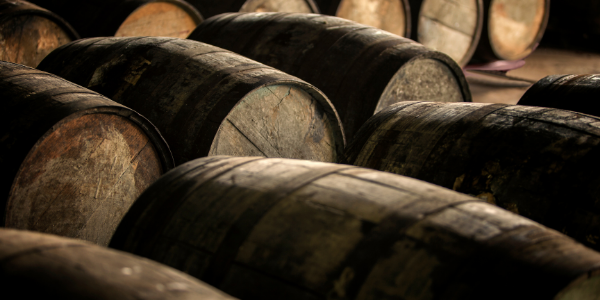Author, wine writer and fine wine tour guide Phil Parker explains why chardonnay has had a bad rap and what makes a good drop
A few years ago, there was a trend spread by fashion-driven wine drinkers, to the effect that 'abc' (anything but chardonnay) was the rule when ordering white wine.
Even today, a lot of people will not let a chardonnay touch their lips, based on the old prejudice or bad experiences of the past. To be honest, many of the first incarnations of chardonnay in New Zealand were wildly over-oaked, bright yellow with extracted oak resin and tasted like a school desk.
However, in the last few years there has been a return to chardonnay, as winemakers and drinkers realise that a good chard is a balance of excellent fruit, subtle oak, yeast and suitable ageing.
'TOASTY' BARRELS
Chardonnay, has long been regarded as the king of white wines and one which New Zealand winemakers do particularly well.
New oak barrels sourced from France or the USA cost wineries over $2000 each. As a final part of the cooperage process, to bend the staves, a fire is lit under the upturned barrel and this is what gives toasty flavours to Chardonnay.

OAK ORIGINS
Oak plays a huge part in lending special characters to wine. Closely grained French oak typically imparts spicy characters, whereas American oak tends to be wider grained and give flavours of vanilla and coconut.
New oak will give more flavour to the wine than an aged barrel and winemakers have the option of ageing part of a vintage in new oak for a certain period and then in aged oak.
COMPLEXITY
Chardonnay has many other influences on its complexity of flavours; A winemaker may use commercial yeast or may just take advantage of ‘wild’ yeasts from the air of the vineyard (as does Kumeu River).
A secondary malolactic bacterial fermentation is also widely used which transforms tart malic acid to less harsh lactic acid, adding softness and creaminess to young wines.
Even once your New Zealand Chardonnay is in the bottle, up to five years in a cool dark place will add mellowness and further shades of complexity such as fig, melon, butterscotch and honey to name a few.
For the chard-hesitant, try Astrolabe Marlborough Chardonnay and Montana Reserve Chardonnay.





